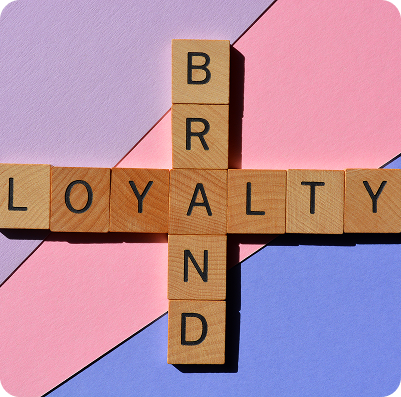When a major brand announces an acquisition, one of the first concerns from its most loyal customers is often how their perks and privileges will be affected. This reaction underscores the deep emotional connection consumers have with rewards programs. A well-structured loyalty program can foster strong relationships with customers, driving long-term engagement and higher customer lifetime value. However, many programs fail to generate real loyalty, instead becoming costly initiatives that do little beyond handing out discounts.
Traditional loyalty programs in industries like aviation, hospitality, and retail have become more valuable than ever, with companies investing heavily in their evolution. The integration of digital transformation, mobile engagement, and data analytics has reshaped how businesses interact with customers, reducing price sensitivity and increasing customer retention. However, just as not all startups succeed, many rewards programs struggle to deliver meaningful results. Some simply add expenses without influencing consumer behavior, while others fail due to poor execution or lack of strategic alignment.

Crafting an Effective
Loyalty Strategy
A successful loyalty program is more than a points-based system—it must seamlessly integrate with the customer experience and broader business strategy. Companies must evaluate how a loyalty initiative aligns with their brand positioning, communication strategy, and operational structure. A case in point: a popular restaurant chain once shifted its focus entirely to a new rewards program, redirecting employee efforts from customer engagement to sign-ups. The result? A temporary decline in both revenue and guest satisfaction. Transitioning to a new model requires careful testing, ensuring that core business functions remain unaffected.
The Traits of High-impact Loyalty Programs
The most successful loyalty programs leverage digital innovation, personalization, and customer-centric experiences. Here are the key elements that set them apart:
- Data-Driven Insights Understanding customer value is critical. Identifying the most valuable customers and tracking their full potential allows businesses to tailor offerings accordingly. A/B testing and multivariate testing can pinpoint the rewards structures that maximize customer engagement and spending. For example, some mobile gaming companies use tiered status systems based on in-app purchases, offering premium features that feel exclusive without incurring significant costs.
- Personalization and Targeting Highly targeted campaigns yield the best results. Geolocation, purchase history, and behavioral insights enable businesses to deliver timely, relevant offers. A leading coffee chain, for instance, uses mobile app data to send personalized promotions based on customer preferences, increasing store visits during off-peak hours and driving incremental revenue.
- Experiential Over Transactional The best programs go beyond monetary incentives. Airlines and hotels have long capitalized on this approach by offering elite perks like priority boarding and complimentary upgrades. Retailers are now embracing experiential rewards, using beacon technology to recognize high-value customers upon store entry and providing them with personalized experiences.
- Seamless and Intuitive Enrollment Customers should be able to join and engage effortlessly. Programs with cumbersome registration processes often lose potential participants before they even begin. At the same time, businesses must ensure that customers actively opt-in—otherwise, they may not recognize the program’s value or alter their purchasing behavior.
- Responsiveness and Service Recovery Identifying high-value customers is just the first step—brands must also be prepared to respond when something goes wrong. The best loyalty programs incorporate real-time feedback loops, enabling businesses to quickly address service failures. Some companies use loyalty apps to request immediate feedback after a transaction, allowing service teams to resolve issues promptly and enhance customer satisfaction.



Building a Program
That Delivers ROI
For loyalty initiatives to be financially sustainable, they must do more than distribute discounts. The key is to reward behaviors that genuinely drive long-term engagement—whether through personalized experiences, targeted offers, or exclusive perks. Businesses that succeed in this space focus on identifying their most valuable customers, continuously optimizing their offerings, and leveraging customer feedback to refine their approach.
At Full House Partners, we help businesses craft loyalty strategies that go beyond the traditional playbook. By integrating customer insights with cutting-edge digital solutions, we design programs that not only enhance customer engagement but also contribute to long-term profitability. In today’s competitive landscape, customer loyalty is about more than just rewards—it’s about creating an experience that keeps people coming back.
